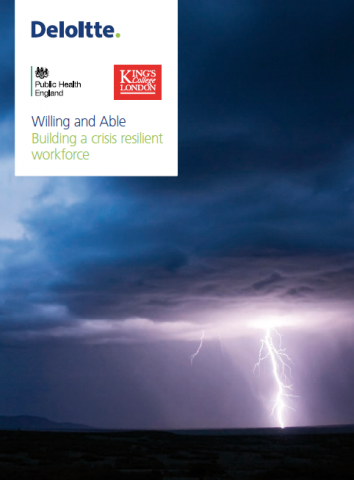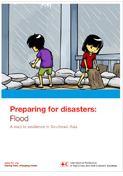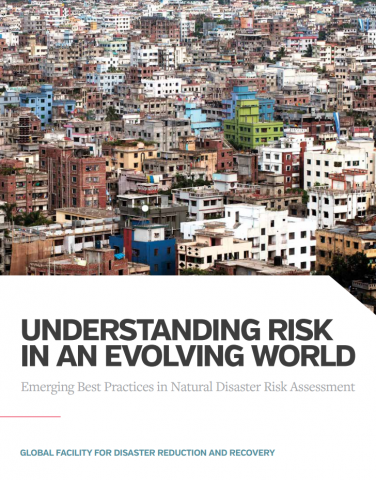World Development Report 2015- Mind, Society and Behavior
The title of this Report, Mind, Society, and Behavior,captures the idea that paying attention to how humans think (the processes of mind) and how history and context shape thinking (the influence of society) can improve the design and implementation of development policies and interventions that target humanchoice and action (behavior). To put it differently, development policy is due for its […]
World Development Report 2015- Mind, Society and Behavior Read More »




